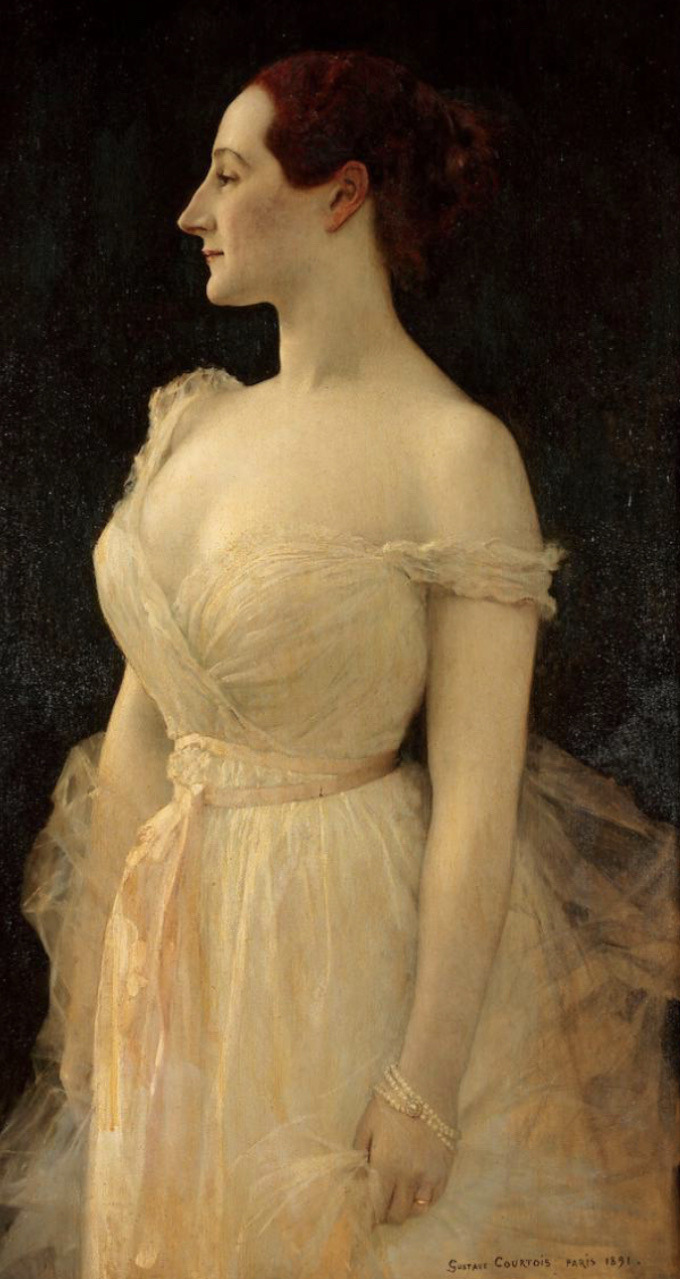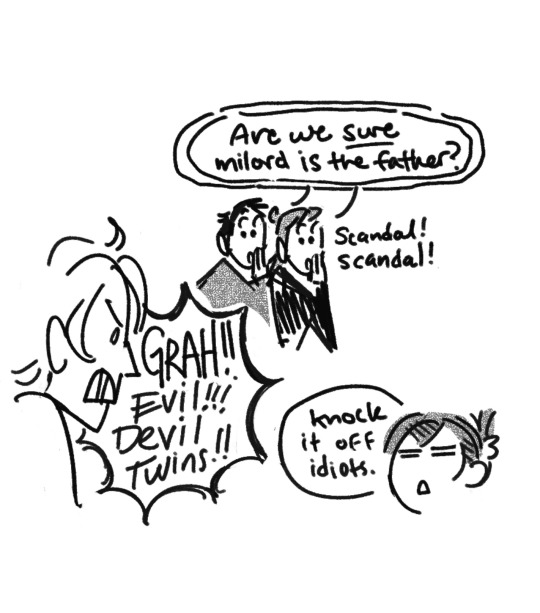Don't wanna be here? Send us removal request.
Text
i like to think that my permanent eye bags and general worn-down look give me a certain cuteness
30K notes
·
View notes
Text




her big brown eyes and antisocial tendencies have captivated me
2K notes
·
View notes
Text
"You don't know me. I'm not the same person anymore."
"That's okay. I'll get to know you again."
78K notes
·
View notes
Text
Ballet, like opera, is wonderful because it is monstrous, the hyper-development of skills nobody needs, a twisting of human bodies and souls into impossible positions, the purchase of light with blood.
Irina Dumitrescu, "Swan, Late: The unexpected joys of adult beginner ballet."
10K notes
·
View notes
Text





Indecent (Paula Vogel) / Review of Itsik Manger’s Book of Paradise, transl. Robert Adler Peckerar (Sacha Lamb / @kuttithevangu)
111 notes
·
View notes
Text



Day 79
Swan Goose
Anser cygnoides
36 notes
·
View notes
Photo

Ensemble
Pauline Trigére 1980s
The Goldstein Mseum of Design
Purple means spirit.
Central Florida Emergency Trans Care Fund
Equality Florida
ACLU Florida
Tampa Bay Abortion Fund
104 notes
·
View notes
Text

Four of Swords. Art by Jesse Lonergan, from The Unveiled Tarot.
27K notes
·
View notes
Text
New York public school system makes all their students learn the recorder because they're secretly looking for the one kid that will solve their rat problem
#the disabled kids and the deaf kid stayed behind to tell the adults what happened so they're the only ones who got their ib diplomas#the pied piper is about the importance of 504 plans
33K notes
·
View notes
Text
Couple + Sibling/relative third wheel is honestly an S-tier trio dynamic and I wish we saw more of this in media.
"You are my soulmate. We are forged together by battle and tears and love. Also my brother's coming along."
"Yo."
45K notes
·
View notes
Text
Philly Wildlife: The Swans of Philadelphia
By Tony Croasdale, Environmental Education Planner, Cobbs Creek Community Environmental Center
In the 1950s, swans were intentionally released into the Schuylkill River in Philadelphia. I was asked recently if the swans seen in Philadelphia today were the descendants of these swans. To begin to answer the question, I need to know which species of swan they were referring to, as there are three species of swan seen in Philadelphia.

Mute Swan, photo credit: Wikimedia Commons
The swans released in the 1950s were Mute Swans. These are the classic swans with the orange bill with a black knob at the base, curved neck, and wings often held arched over the back. These are a Eurasian species that has been introduced all over the world. It is possible that some genes of the Philadelphia introductions persist in the feral North American Mute Swan population, but it would be impossible to tell without some genetic material from the original birds and sample from the ones seen today. These swans were introduced in many locations. From my experience there were not Mute Swans regularly seen in Philadelphia until the early 2000s, so I suspect that the birds from the ‘50s died out or moved elsewhere, and the Mute Swans seen today came from another population. Mute Swans are now known to breed at John Heinz National Wildlife Refuge and are regularly seen at FDR Park in South Philly. Mute Swans are huge birds and very territorial. They bully smaller native species of waterfowl away from breeding locations. Despite their name, Mute Swans are not mute and do make some grunting vocalizations.

Tundra swans, photo credit: Martin Dellwo
The second most frequently observed swan in Philadelphia is the Tundra Swan. This is a native species, which, true to its name, nests on tundra ponds in Canada and Alaska. These swans winter along the coast in salt marshes, and inland in lakes near farms and fields (where they feed), like Middle Creek Wildlife Management Area in Lancaster. These birds are sometimes seen (or heard) migrating over Philadelphia, occasional stopping over at a marshy spot in the city. These swans are not quite as big as Mute Swans and have a straighter neck with a bit of yellow near the eyes.
A third species of swan has only been observed once in recent history. Two Trumpeter Swans were observed at John Heinz National Wildlife Refuge by Todd Fellenbaum and Adrian Binns on November 22, 2015. This species formerly bred around the Great Lakes, Rocky Mountains, and on lakes in northern forests from Canada to Alaska. This species was hunted almost to extinction except for a small population in Wyoming and in Alaska. It is now protected and has been reintroduced back to much of its former breeding range. We should be seeing more of this, the largest species of waterfowl in the world more often in the future.
For more on Philly’s Mute Swans, check out the “Swan Song” story from the Philadelphia Parks & Recreation Historic Archive!
4 notes
·
View notes










